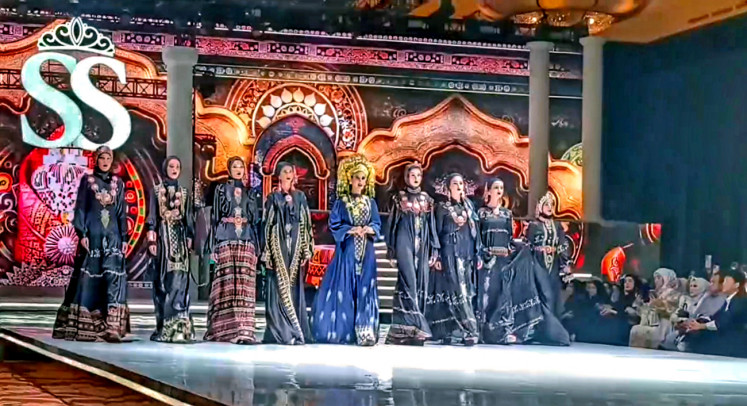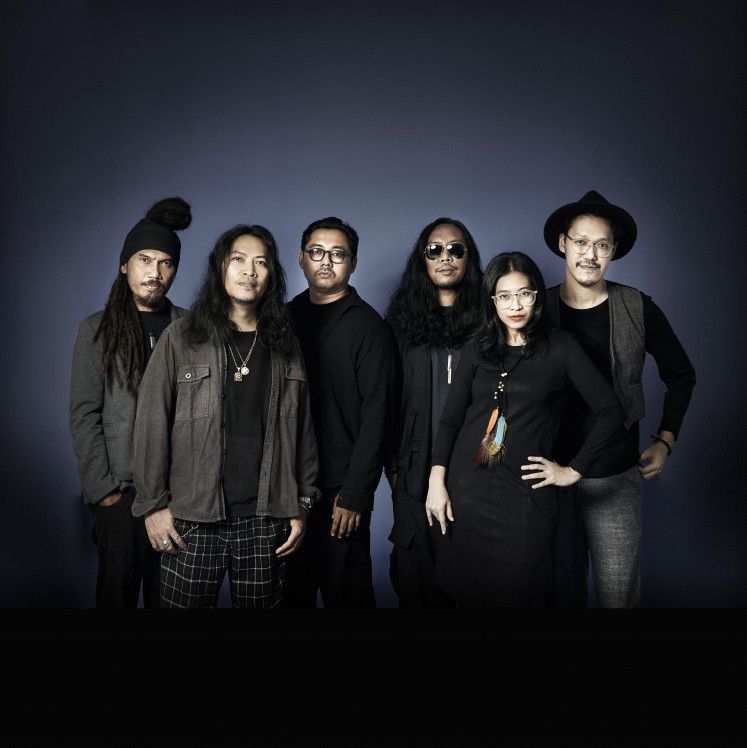Jakarta Biennale: A new understanding of contemporary Indonesian art
The Jakarta Biennale, which is set to open on Saturday at Gudang Sarinah Ekosistem in South Jakarta, will this year adopt Jiwa as its artistic concept.
Change Size
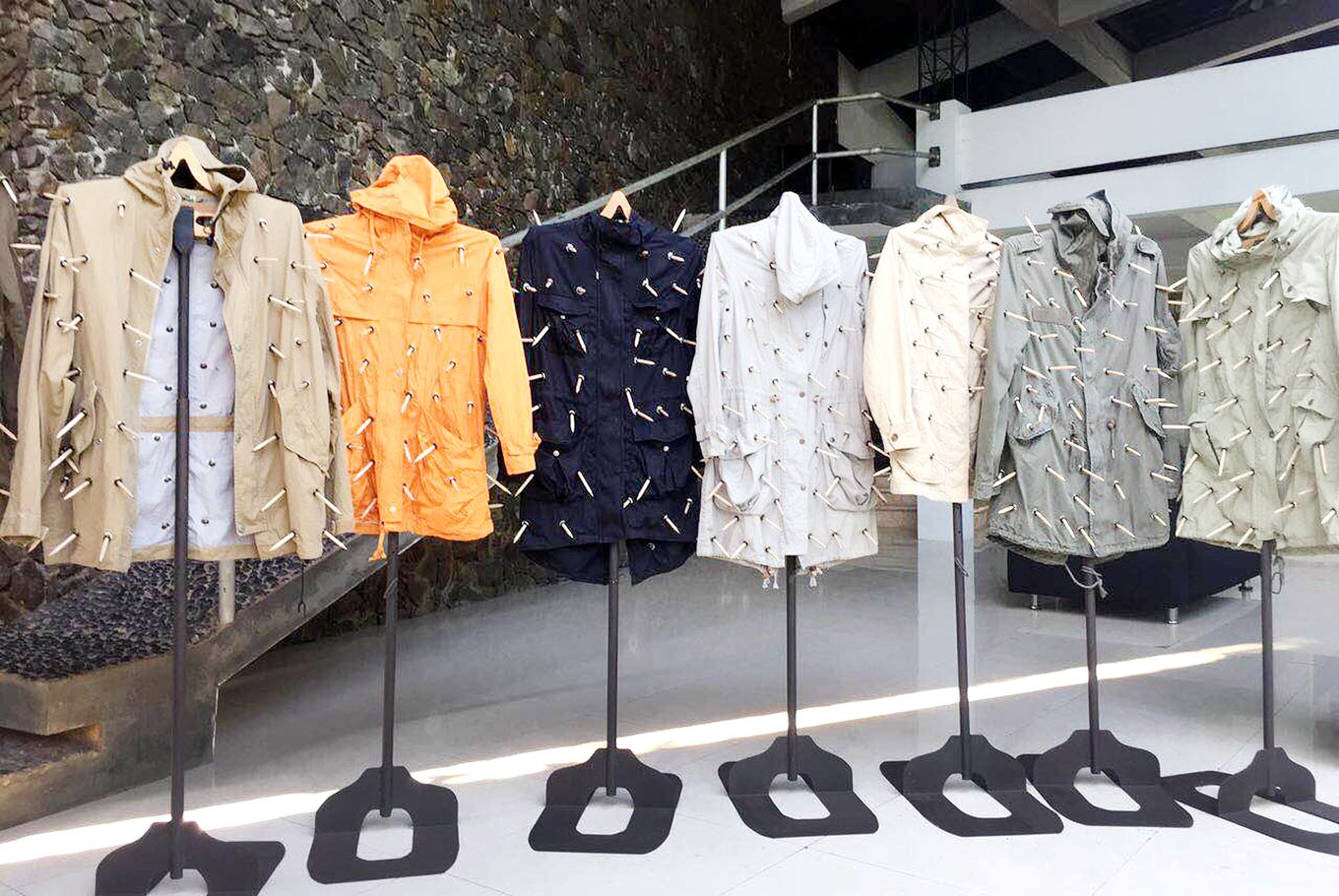 Hanafi (Jakarta Biennale/File)
Hanafi (Jakarta Biennale/File)
This year’s Jakarta Biennale will diverge from many of the curatorial practices of its predecessors
The Jakarta Biennale, which is set to open on Saturday at Gudang Sarinah Ekosistem in South Jakarta, will this year adopt Jiwa as its artistic concept.
Jiwa is a concept that is almost impossible to translate into English, but for this biennale, it could be understood as an all-encompassing energy and creative spirit that flows from the past, or the memory of it, to the present and onwards toward new visions.
Read also: Arts Biennale programs to be held simultaneously in three cities
Bissu, the androgynous shamans from South Sulawesi who will perform prayers and blessings at the opening of the vernissage evening, are just the beginning of what is in store. Another rare feature will be the inclusion of works that could be considered Balinese “art brut” (raw art) by artists Ni Tanjung and Dwi Putro Mulyono.
Works by acclaimed artists like the late Hendrawan Ryanto (1959-2004), a contemporary craftwork artist, and the late Semsar Siahaan (1952-2005), a great artist and human rights activist, will be on show in revived forms.
Senior artists whose works have made significant contributions to the development of art in Indonesia, have also been asked to join in.

Siti Adiyati, for instance, who was an active member of the Indonesian New Art Movement that made its mark in the 1970s, will revive her installation of eceng gondok or water hyacinths, which grow on water surfaces and hamper the flow of streams and rivers.
Siti said her creation, titled Enceng gondok berbunga emas (Water hyacinth with golden flowers), was a portrait of poverty in its increasing reality, “like trash floating in all directions of water ways.”
Today, it stands as a powerful work of deep-felt concern over the euphoria of overwhelming consumerism, which promises an imagined golden time.
Marintan Sirait, one of Indonesia’s first female performance artists, whose notable performance installation from 1990 Membangun Rumah (Building a House) will make a reappearance with an expanded conceptual and deepened spiritual quality. The installation and performance inspires viewers to meditate and retire from the hustle and bustle of the city.
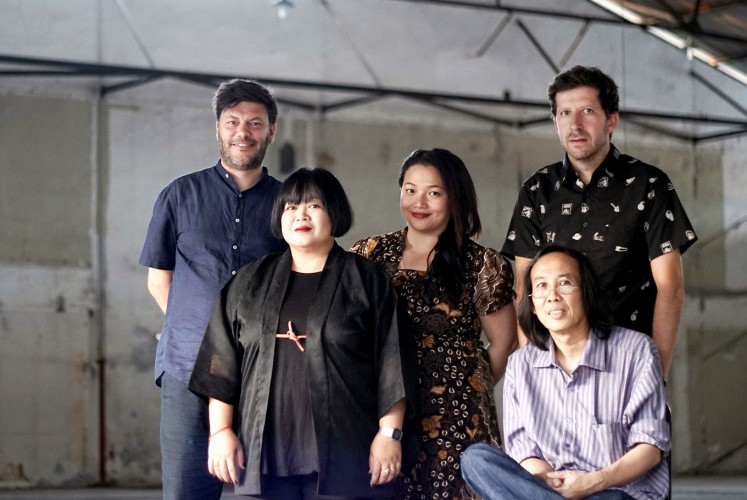
Notably, the biennale will also feature new and existing video works of strong female filmmakers, such as Ximena Cuevas (Mexico), Gabriela Golder (Argentina) and Kiri Dalena (Philippines) together with Indonesians Otty Widasari and Yola Yulfianti.
Thai artist Arin Rungjang has made a new six-channel video work inspired by the song “Bengawan Solo” (Solo’s river) for the biennale. However, unlike many who think the song has a romantic inkling, Runjang, who found that the song’s composer, Gesang, had not at all intended it as a romantic song, seeks to capture the composer’s sentiment juxtaposed with his personal story.
Melati Suryodarmo, the biennale’s artistic director, said the biennale would also present 21 live performances in the first 10 days. The performances include those performed by internationally-renowned artists, Eva Kot’átková, Alastair MacLennan, Jason Lim, Nikhil Chopra and Ho Rui An. Indonesian performers include Marintan Sirait, Aliansyah Caniago, Ratu Rizkitasari Saraswati.

Melati, the first female artistic director since the biennale’s inception in 2007, is working with four other curators – Annissa Gultom and Hendro Wiyanto of Jakarta, Vit Havranek of Prague and Philippe Pirotte of Frankfurt, Germany.
Palestinian-Saudi artist Dana Awartani, who is known for combining mathematics with Sufi poetry and geometry in her works, will present a video performance and installation based on Islamic geometry and sand, titled I went away and forgot you. A while ago I remembered. I remembered I’d forgotten you. I was dreaming.
Thai artist Pinaree Sanpitak, whose recurrent motif is the breast, will collaborate with Indonesian chef Rahung Nasution in the performance Breast Stupa Cookery.
There will also be artworks by Belgian artist Luc Tuymans, Indonesian painters Hanafi and Ugo Untoro, as well as by a Russian painting collective of Alexey Kluyjkov, Vasil Aartamonov and Dominik Forman.
The biennale program will also include Symposia on Nov. 13 and 14 with keynote speakers from Asia and Europe to be held at IFI and accompanied by performances by Ho Rui An and Choi Ka Fai as well as the launch of three books, consisting of art reviews by Bambang Bujono, essays by Siti Adiyati and the personal diaries of Semsar Siagian.
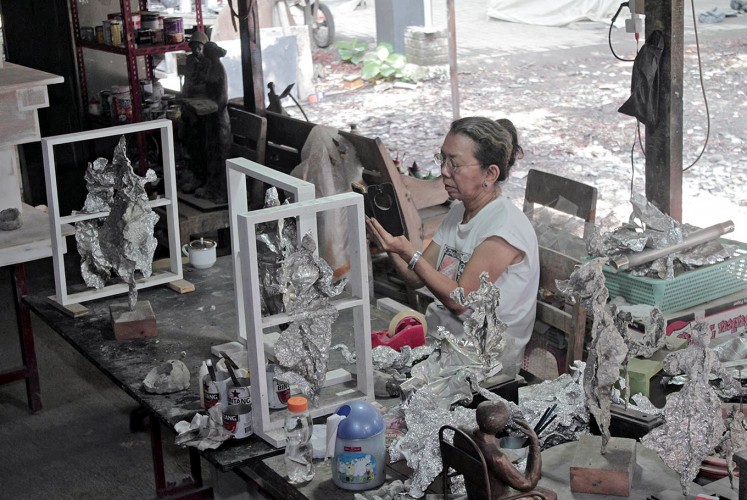
For the biennale, renowned sculptor and educator Dolorosa Sinaga, who continues to engage with social issues through representations of the human body in its female form, will have her studio “transplanted” at Gudang Sarinah.
Read also: Dolorosa Sinaga: A sculptor with heart and soul
“Her studio is where her jiwa resides,” explained Melati Suryodarmo, the biennale’s artistic director.
In addition, Dolorosa has also created 10 sculptures of Indonesia’s first president, which will be displayed at the Museum of Fine Arts and Ceramics in Kota Tua, West Jakarta.
The sculptures reflect Sukarno’s various sayings, statements and actions that helped build and shape this country as we know it today.
“I actually wanted to make a hundred sculptures,” said Dolorosa, who lauds Sukarno as the one who made this nation, united its many ethnic groups through the establishment of one Indonesian language and, above all, gave us the country’s principles of Pancasila.
_____________________________
For details on the programs, log on to jakartabiennale.net or contact info@jakartabiennale.net




